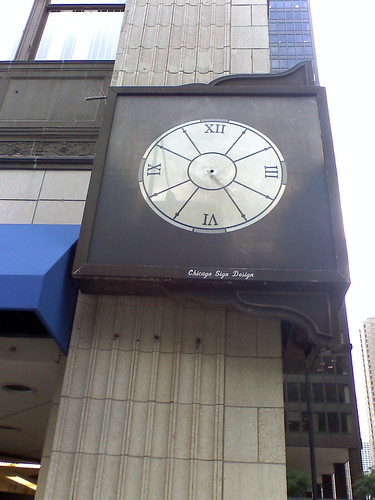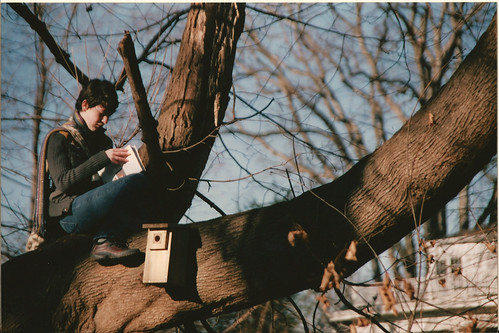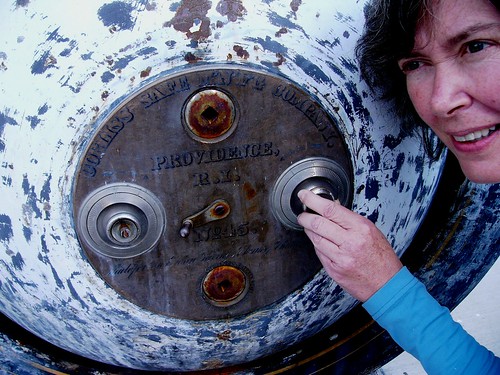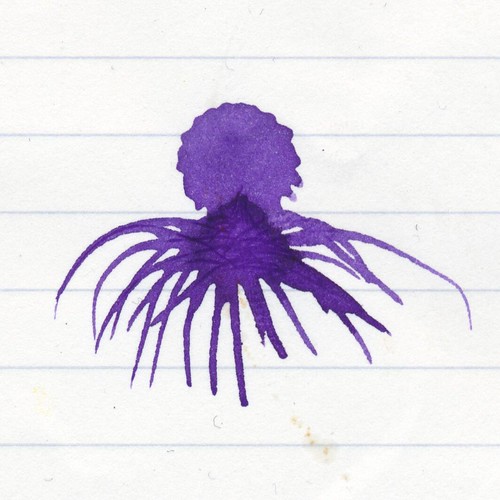Yes, I have plans (both grand and cunning), and I’m starting to feel excited!
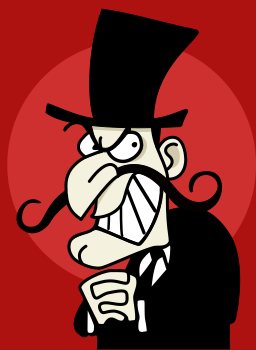
Next year I’m going to be running two concurrent series on this blog. The first will record the progression of learning to sew my own clothes, starting with the simplest of garments (hint: it’s a square) and working my way up to a dress.
The other series I’m planning follows Colette’s Wardrobe Architect through the process of planning a wardrobe and figuring out what precisely you want/need to create for it. Wardrobe planning without the frustration of shopping – what could be better?
Each month will see me working on something slightly more complex than the last month, as well as doing one “week” of the Wardrobe Architect.
I’m still working out the details, balancing challenge with prudence, but planned projects include a simple skirt, an apron, a pair of shorts and a fabric torso suitable for making patterns from.
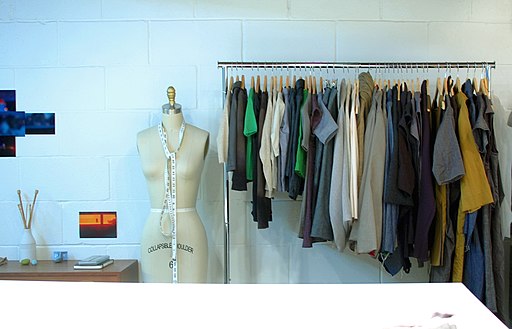 There will be a total of about nine projects, so as to allow an extra month for the more complex ones. I’m a beginner, after all: not for me the churn-out-one-a-week challenges.
There will be a total of about nine projects, so as to allow an extra month for the more complex ones. I’m a beginner, after all: not for me the churn-out-one-a-week challenges.
Nor are there likely to be zips, stretch fabric, linings, three-piece suits, outerwear or other more advanced projects and techniques. At least, not this year.
But I’m not just blogging about these so you can all hear what I’m up to. I’d love company!
Of course, you may not be interested in sewing a dress (or some of the other garments I’ve got planned) but sewing skills are sewing skills, regardless of what garment you use to learn them. Pick your target garment (in my case, a dress), list the skills, and lay out the garmenty steps required to learn them all.
 Bear in mind, I’m no pro and this isn’t going to be a class. But if you’ve been wanting to learn to sew clothes for yourself (or others) and need a path, a catalyst, or just someone alongside to swap notes with, I’m happy to help. (Those of you who are further advanced are more than welcome to chip in with advice as we go along!)
Bear in mind, I’m no pro and this isn’t going to be a class. But if you’ve been wanting to learn to sew clothes for yourself (or others) and need a path, a catalyst, or just someone alongside to swap notes with, I’m happy to help. (Those of you who are further advanced are more than welcome to chip in with advice as we go along!)
All going well, we’ll arrive in 2019 with mapped-out plans for our wardrobes as well as the skills to get ourselves there. Or, at least, some of them; sewing is, after all, more a class of skills than a single skill itself.
You don’t have to do both series, either – you can do one or the other, or pick and choose what you’ll do and what you won’t. It’s entirely up to you how much you want to join in (or if you’d just like to comment from the sidelines).
We don’t start til January, so you’ve got plenty of time to consider and decide.

Interested?

